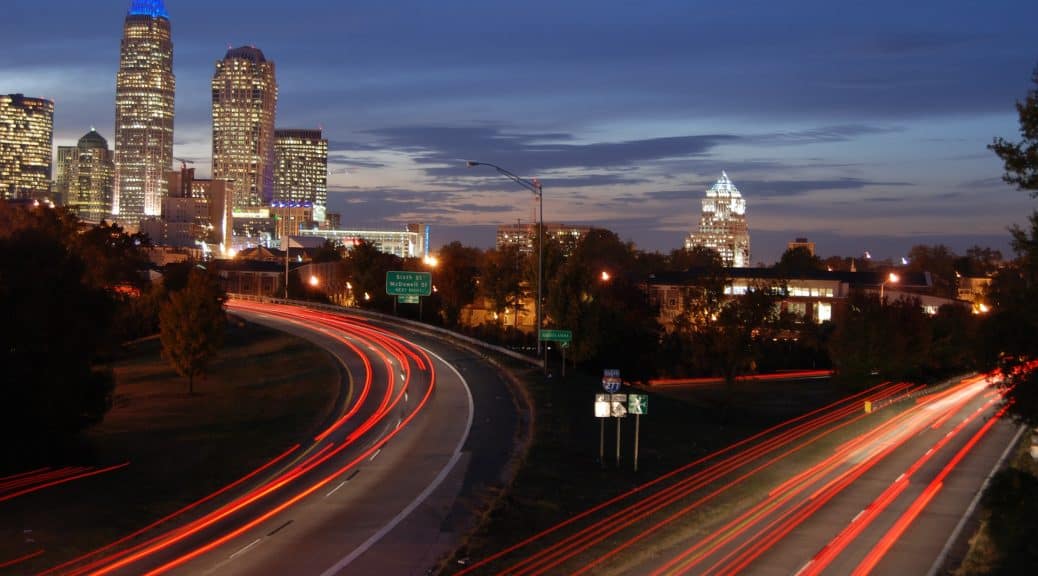As summer comes to a close, American drivers now have access to E15 – a 21st century fueling option that contains five percent more ethanol than what most drivers have been using for years. That’s good news for drivers and for our environment.
Virtually all gasoline used in the United States contains ten percent ethanol, something that has been true for years. This biofuel replaces toxic fuel additives that are linked to cancer and smog. And today, 29 states offer fuel with higher blends of ethanol, including E15.
By using more ethanol in our fuel supply, we have the ability to more fully realize the benefits of this American-made fuel source.
What are these benefits? Well, the U.S. Department of Agriculture has found that ethanol can reduce greenhouse gas emissions by up to 43 percent or more when compared to petroleum. Not only that, it is more affordable, renewable and it’s home-grown – keeping prices low at the pump while simultaneously supporting jobs right here in the United States.
The Environmental Protection Agency (EPA) approves E15 for use in any vehicle manufactured since 2001, which equates to 9 out of 10 cars on the road today.
E15 is currently sold at more than 950 retail outlets across 29 states – and that number grows every day. So, next time you fill up, choose E15 as a cleaner, modern fuel option. In our book, it’s definitely a fuel that matters.
To find an E15 retailer near you and learn more about this 21st century fuel choice, visit GetEthanol.com on your computer or mobile device.

